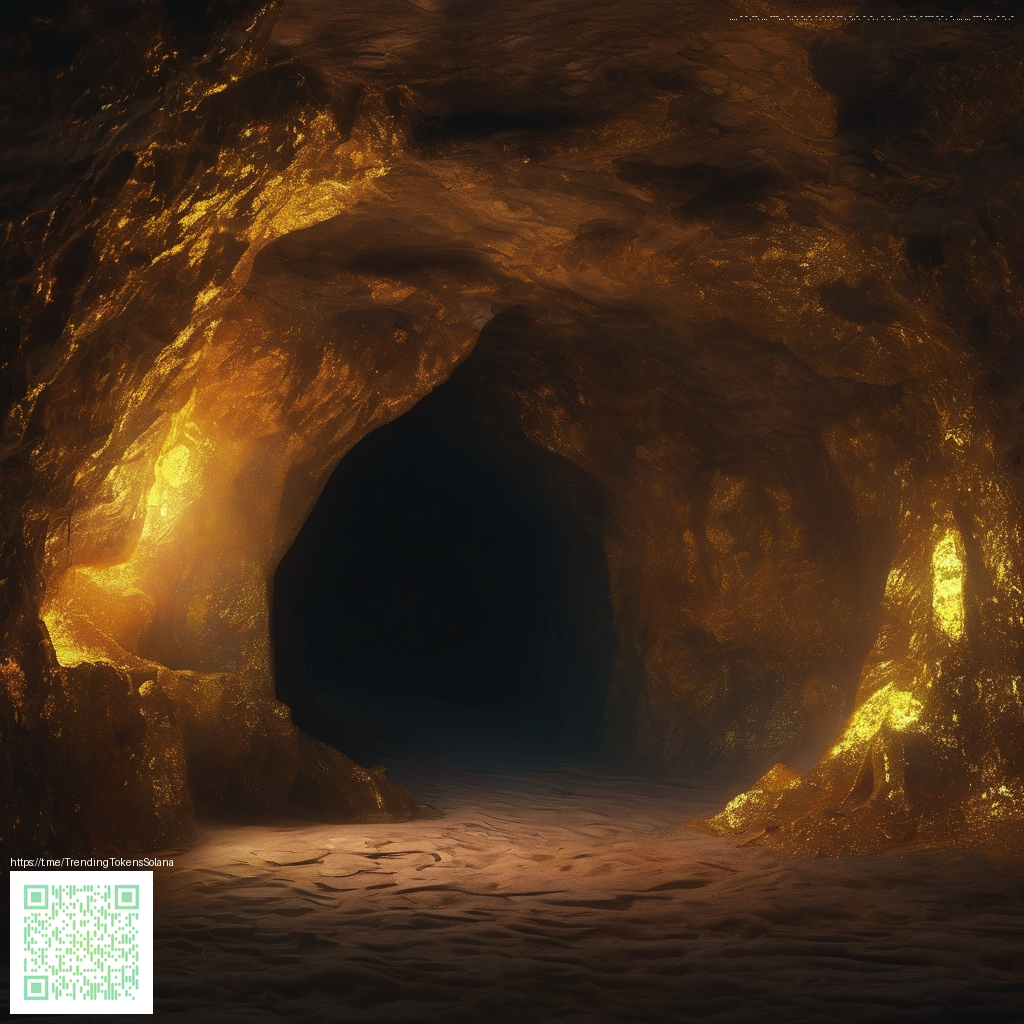
Digital paper has unlocked a new level of creativity for tumbler wrap designers. Instead of settling for stock textures, you can craft unique, scalable patterns that align with branding, mood, and audience. The key is treating digital paper not as a throwaway asset but as a flexible design surface you can adapt across products, from drinkware to accessories. When you start exploring digital paper for tumbler wraps, you’re really building a library of assets—patterns, gradients, and textures that can be recolored, rearranged, or remixed for countless projects.
Understanding the power of digital paper for wrap design
Digital paper makes it easier to test ambitious ideas without the cost of material trials. You can generate high-resolution patterns that seamlessly tile around a curved surface, then simulate how they wrap around a standard cup or bottle. This approach is especially valuable for limited-edition releases, where you want to push color theory, typography, and motif integration without committing to a physical prototype for every variation.
Key benefits at a glance
- Rapid prototyping: Swap colors, tweak scale, or try new motifs in minutes rather than days.
- Consistent quality: High-resolution digital papers preserve detail when printed on vinyl or skin materials.
- Brand cohesion: Build a cohesive family of wraps by using a shared set of patterns and palette rules.
- Localization and customization: Create region-specific or audience-specific designs with minimal overhead.
- Efficiency for production: Streamlined file management helps you deliver design-ready assets to print teams quickly.
Tip: Start with a modular approach. Create a few base elements—a geometric motif, a botanical accent, a texture overlay—and combine them in multiple ways to yield a broad design language without reinventing the wheel each time.
Practical workflow for designing tumbler wraps with digital paper
Begin with a plan that maps how the wrap will sit on a cylindrical surface. Measure the circumference and height of the tumbler you’re targeting, then set up your document with appropriate bleed and safe areas. A 300 DPI or higher resolution is essential for crisp prints, especially if you plan to scale the design for larger batches or varied cup sizes.
From concept to print-ready files
- Create a pattern library: Build a set of repeatable motifs, colorways, and textures. Name and categorize assets so you can mix and match quickly.
- Define a color system: Establish primary, secondary, and accent colors. Use swatches that translate well across different lighting conditions and printing methods.
- Test tiling and curvature: Use mockups that wrap around a cylinder to verify seamless tiling and avoid visible seams on real products.
- Prepare print-ready files: Save as vector-ready assets when possible and export high-res PNG/JPG with bleed for vinyl or paper wraps.
- Consider finish choices: Matte or glossy vinyl can dramatically alter the perceived texture of digital paper—plan finishes early in the design process.
When you’re ready to explore compatible accessories, a Magsafe polycarbonate phone case with card holder (glossy or matte) can be a useful reference point for material finishes and edge treatments. It’s not about replicating the product, but understanding how a cohesive look across digital and physical moments can elevate a brand experience.
Blending digital paper with real-world production
Printing digital paper onto tumbler wraps requires attention to material compatibility. Vinyl wraps offer durability and color fidelity, but the final look depends on the substrate and adhesive. Always request a proof, especially for intricate patterns or high-contrast colorways. If you’re curating a design gallery or product catalog, linking your digital papers to real-world examples can help clients visualize the finished result. You might reference a curated gallery such as this Page URL to illustrate a variety of finished looks and color moods.
From bold geometric patterns to delicate botanical textures, digital paper enables designers to push boundaries. The trick is balancing motif complexity with readability. Remember that tumbler wraps wrap around a circular canvas, so scale patterns thoughtfully and test how lines and shapes flow along the circumference. Strategic use of negative space can prevent designs from feeling busy while preserving personality.
Creative strategies to elevate your wraps
- Layering: Combine a base texture with a transparent pattern and a bold accent to create depth without sacrificing legibility.
- Gradient transitions: Use subtle gradients to guide the eye around the cup, enhancing the perceived movement of the design.
- Typography as pattern: Treat type as a decorative element by repeating custom letterforms or slogans within a controlled grid.
- Cohesion across product lines: Use a shared motif family so different wrap styles feel like siblings within a collection.
As you refine your process, you’ll discover that digital paper is less about a single image and more about an adaptable system. It’s the difference between a one-off print and a scalable design language that can grow with your brand.
Final thoughts
Embracing digital paper for tumbler wrap designs invites a experimentation-friendly mindset. You gain flexibility, faster iteration cycles, and the ability to tailor prints to specific audiences without sacrificing quality. Pairing digital exploration with thoughtful product selection—like the MagSafe case option mentioned above—can inspire cohesive brand storytelling across touchpoints, from the screen to the printed cup. And if you’re curious about a broader set of ideas, the referenced page URL can serve as a helpful benchmark for varied creative directions.